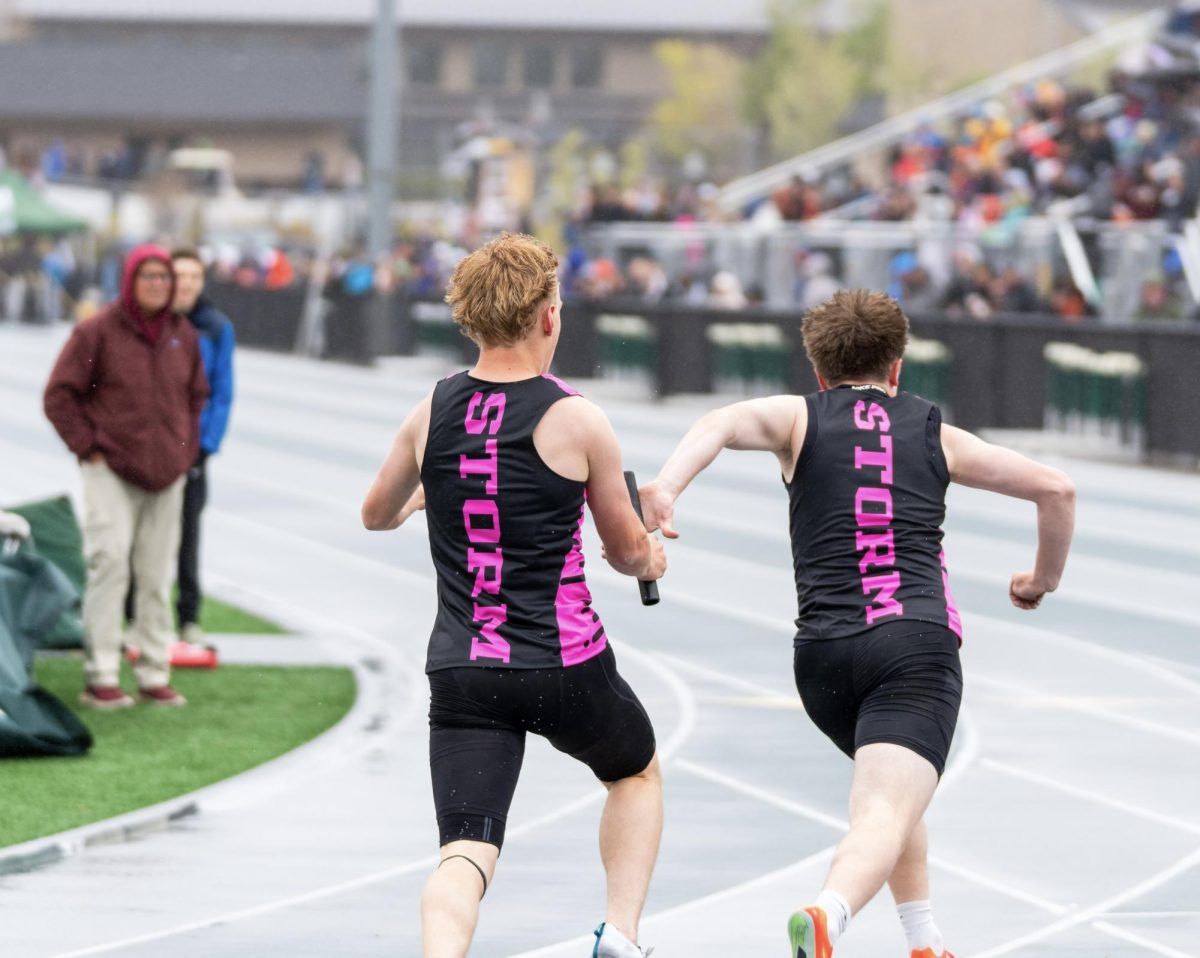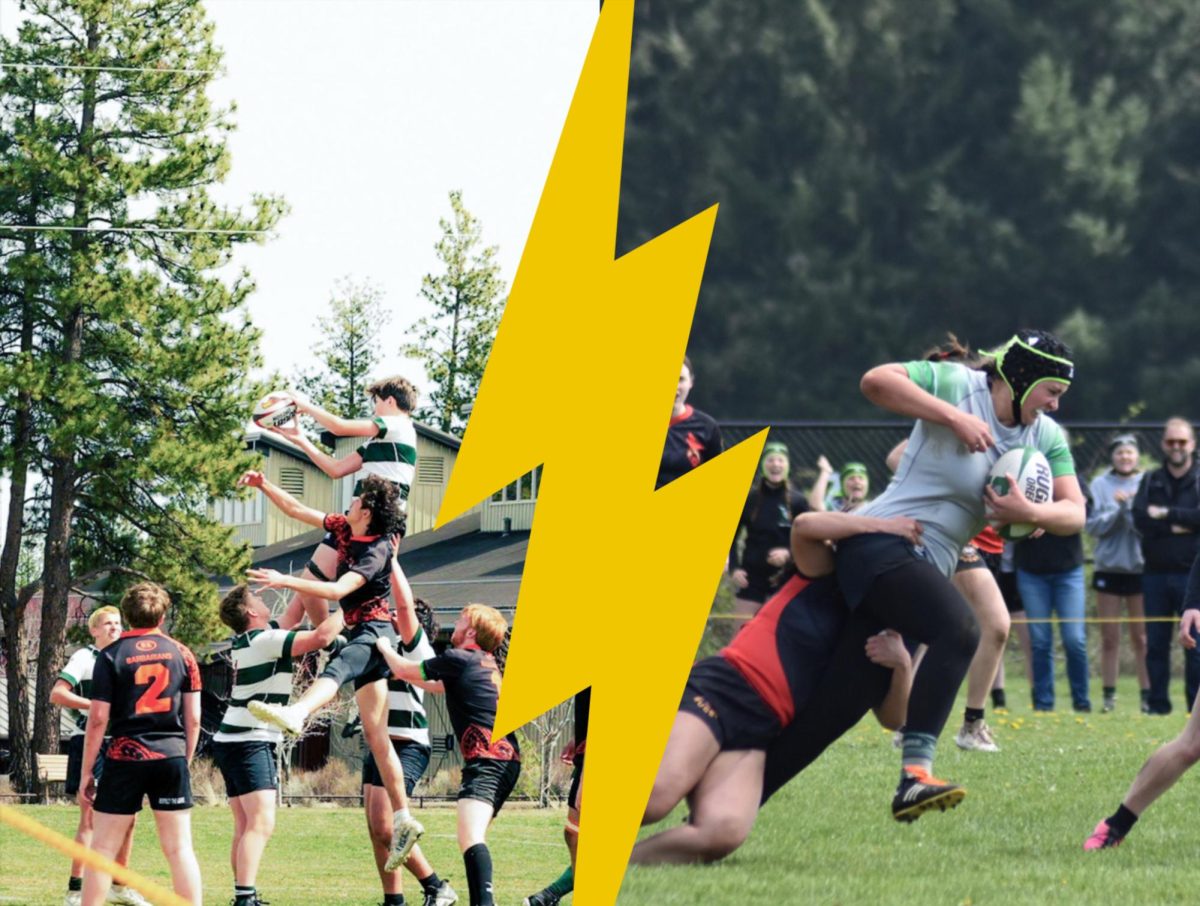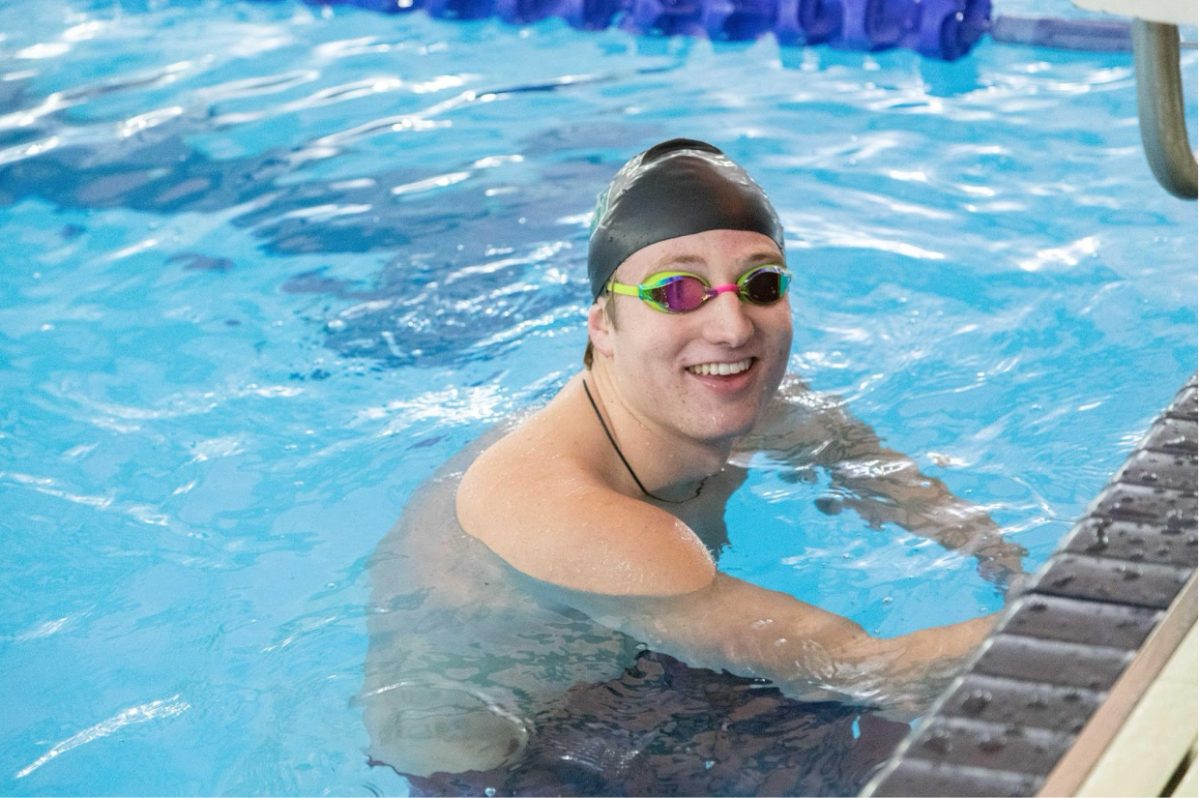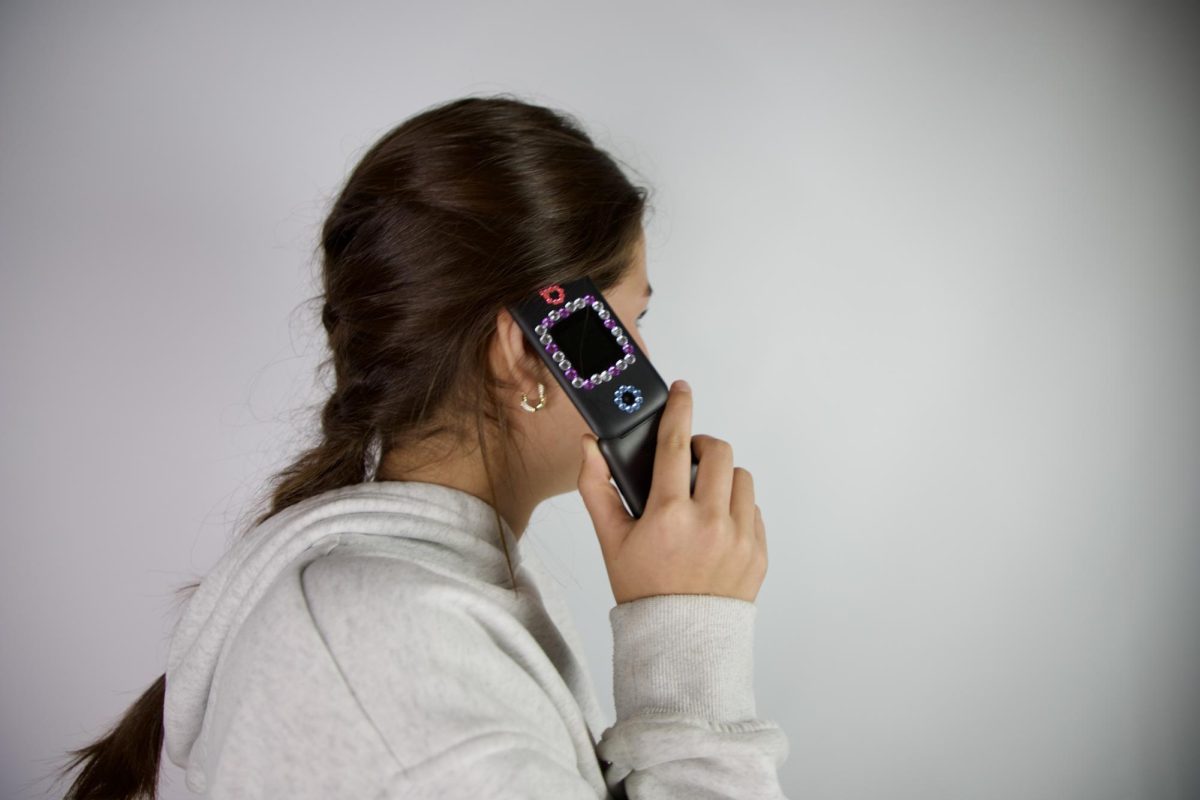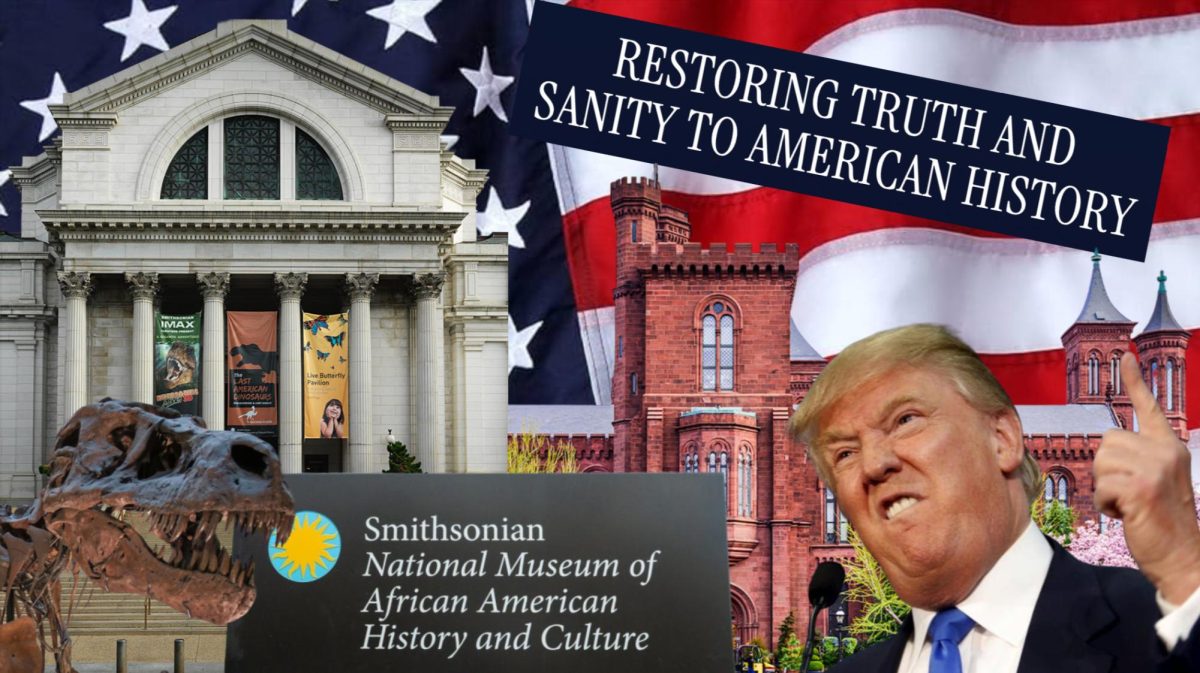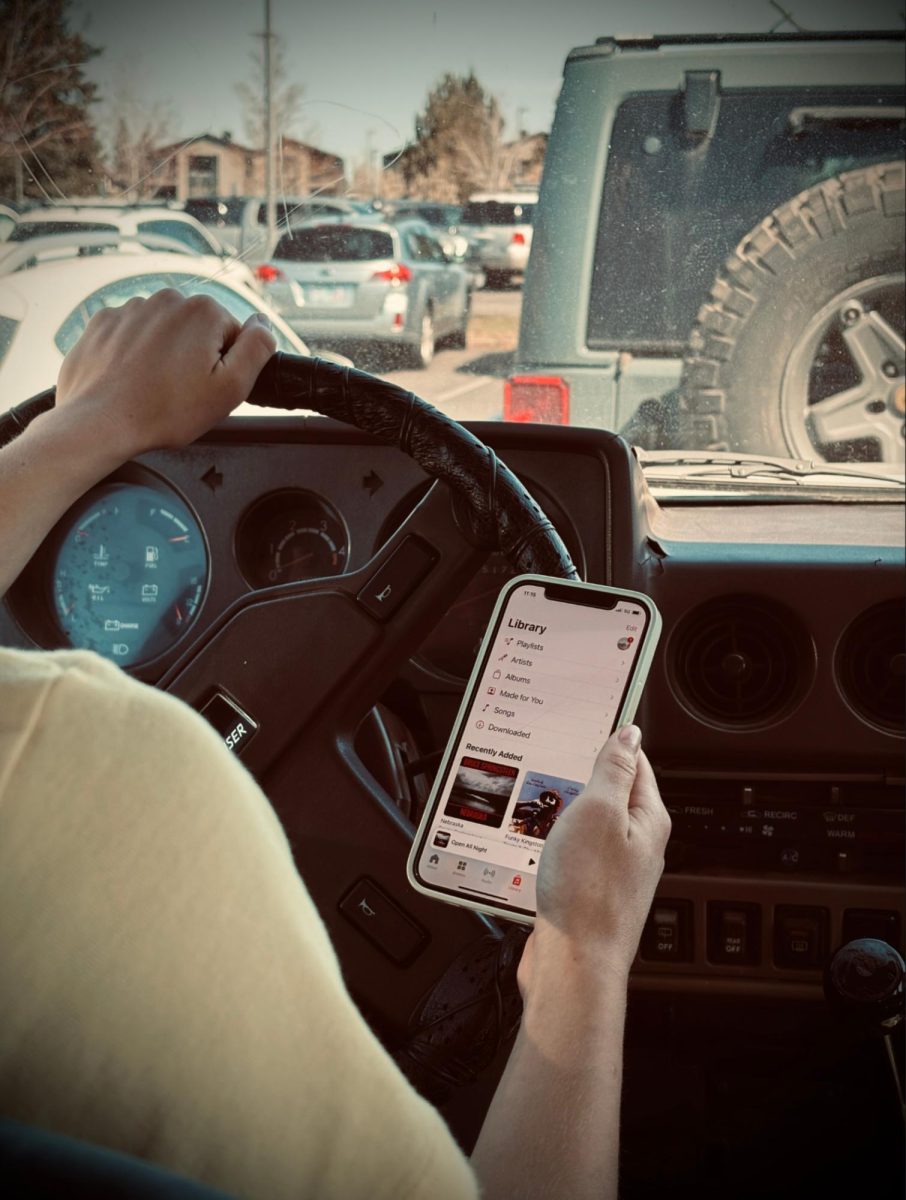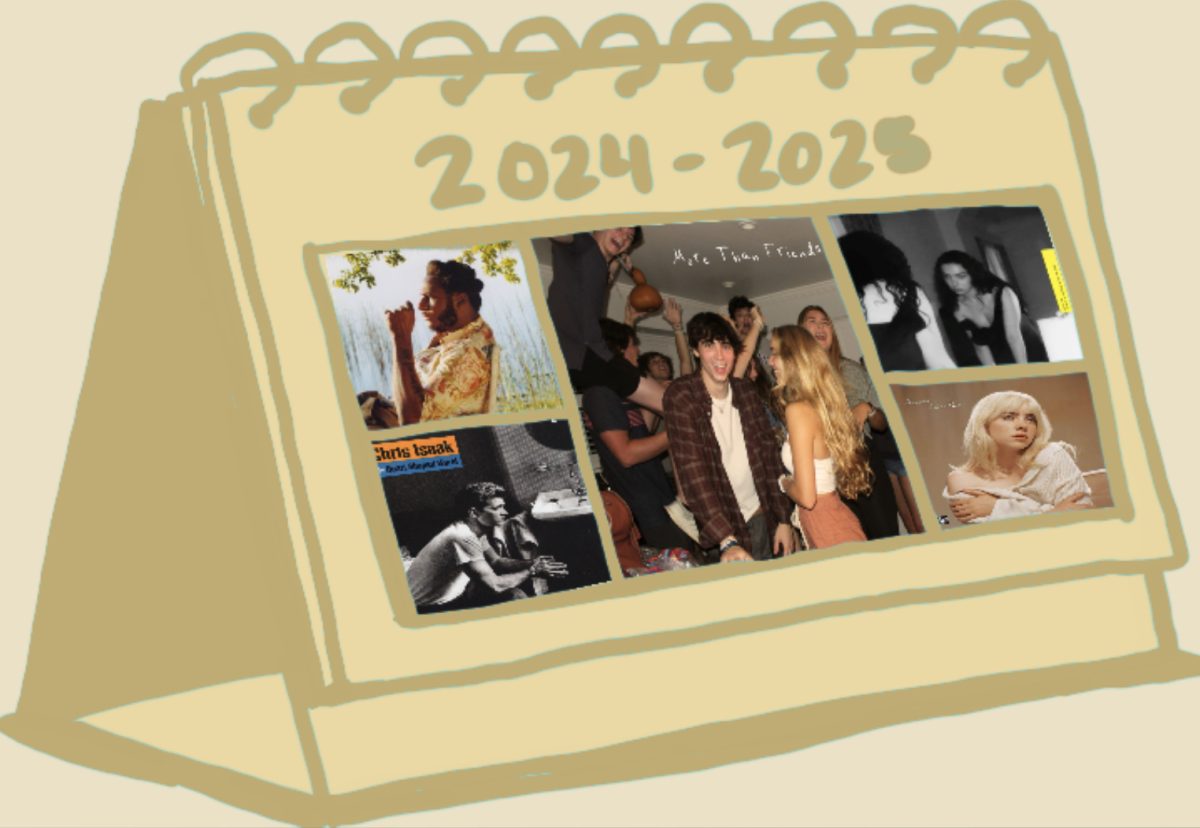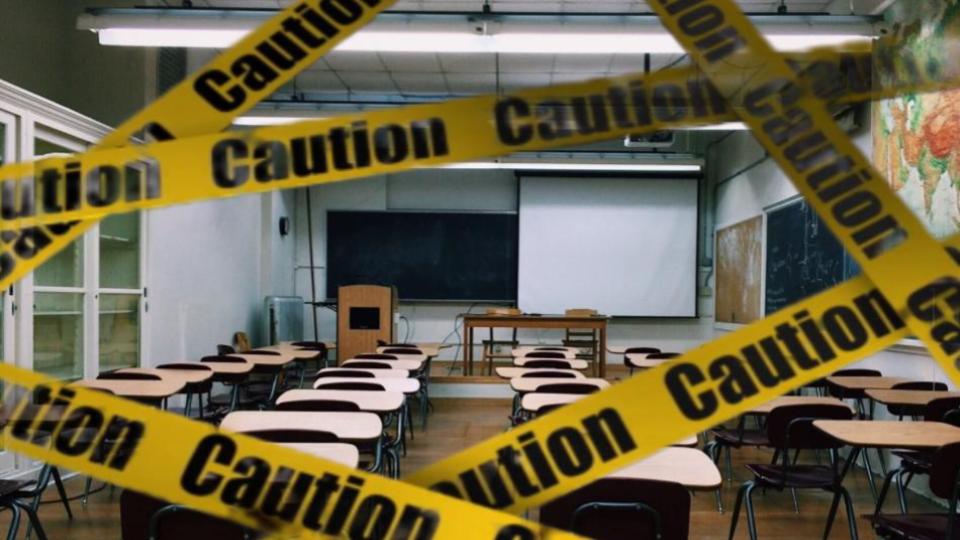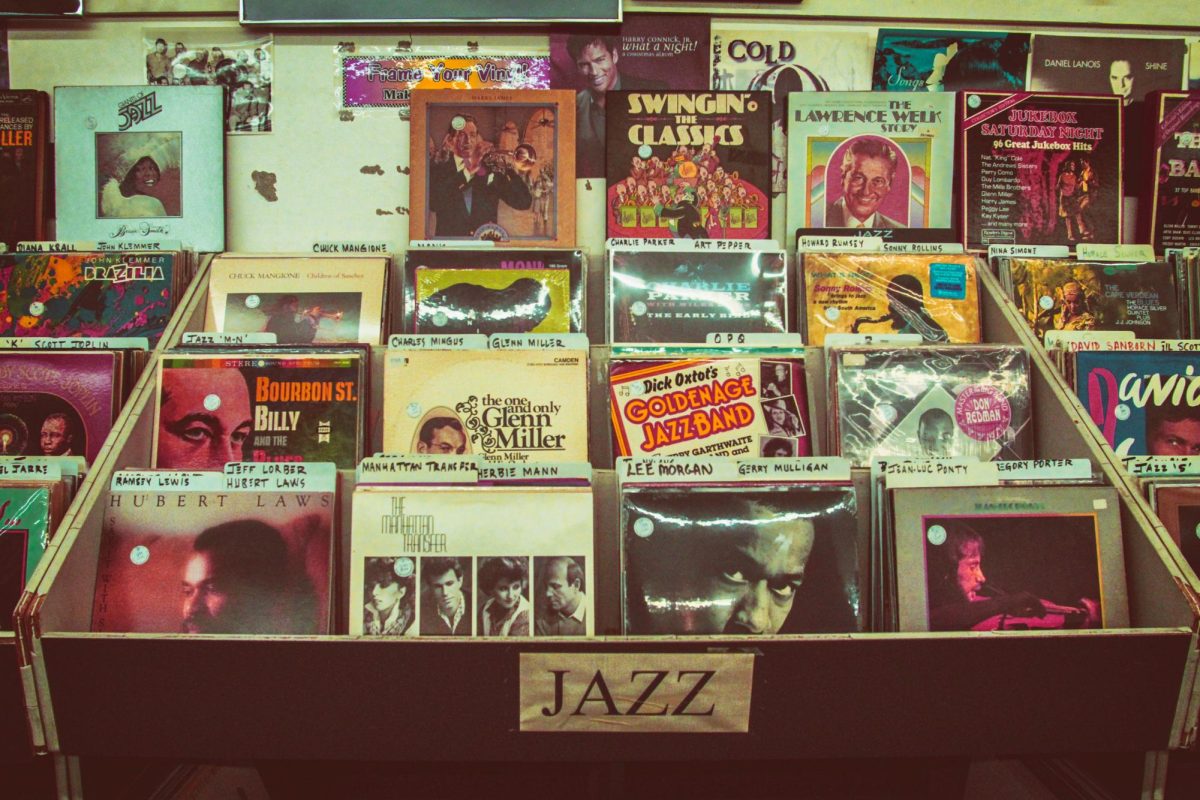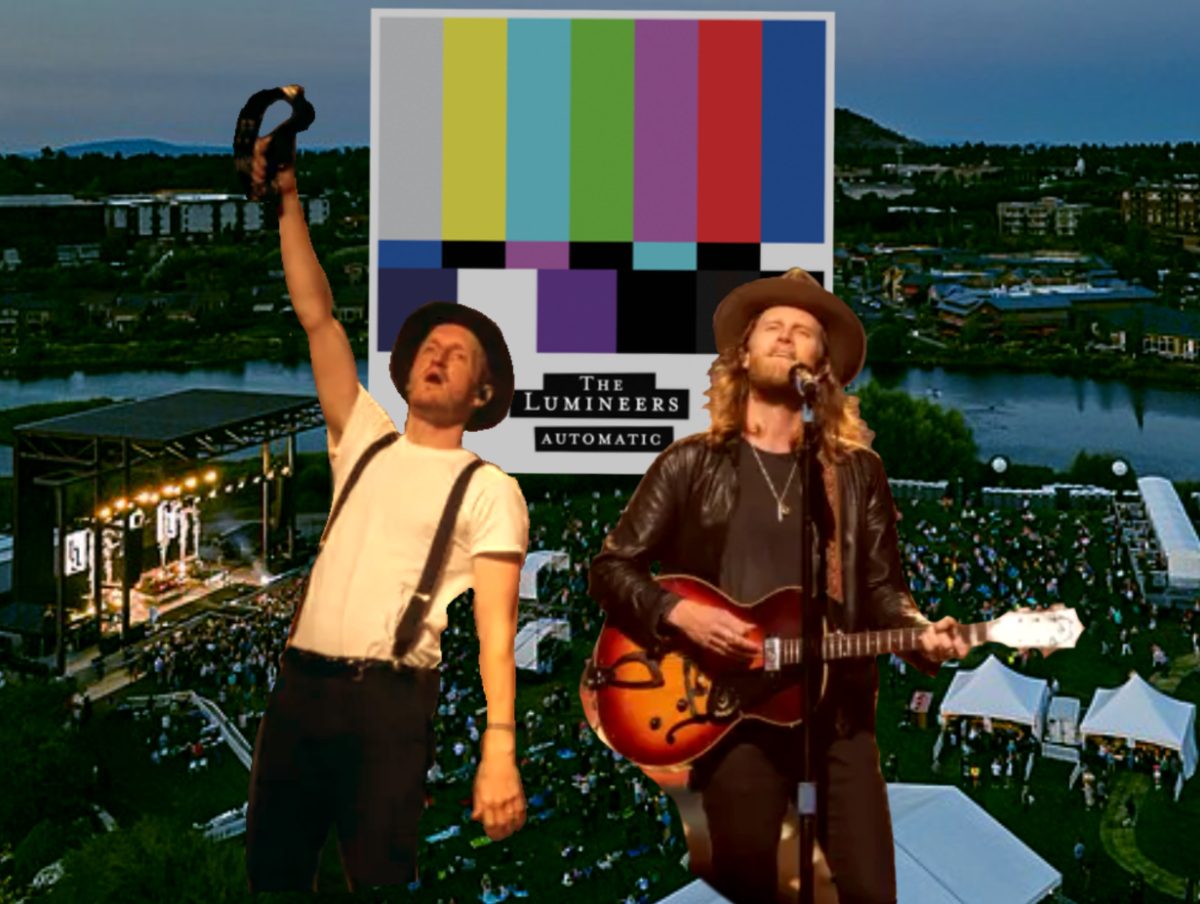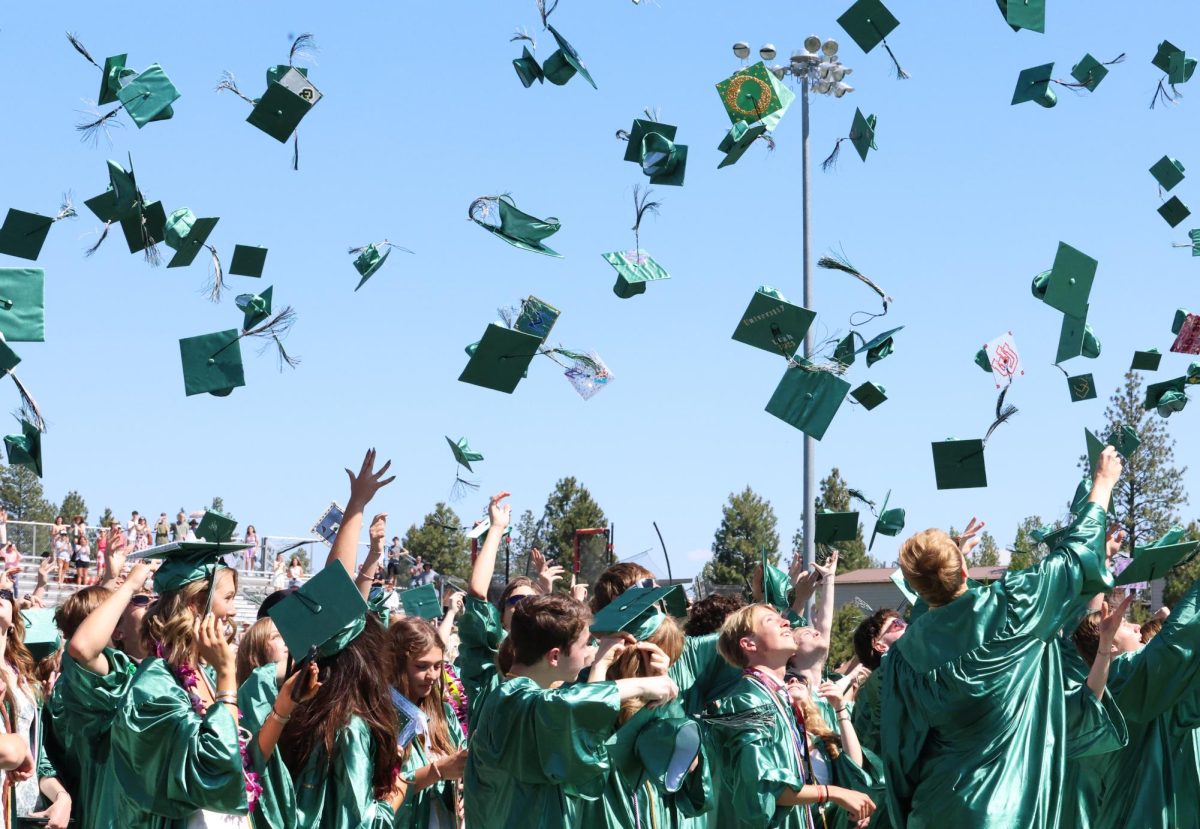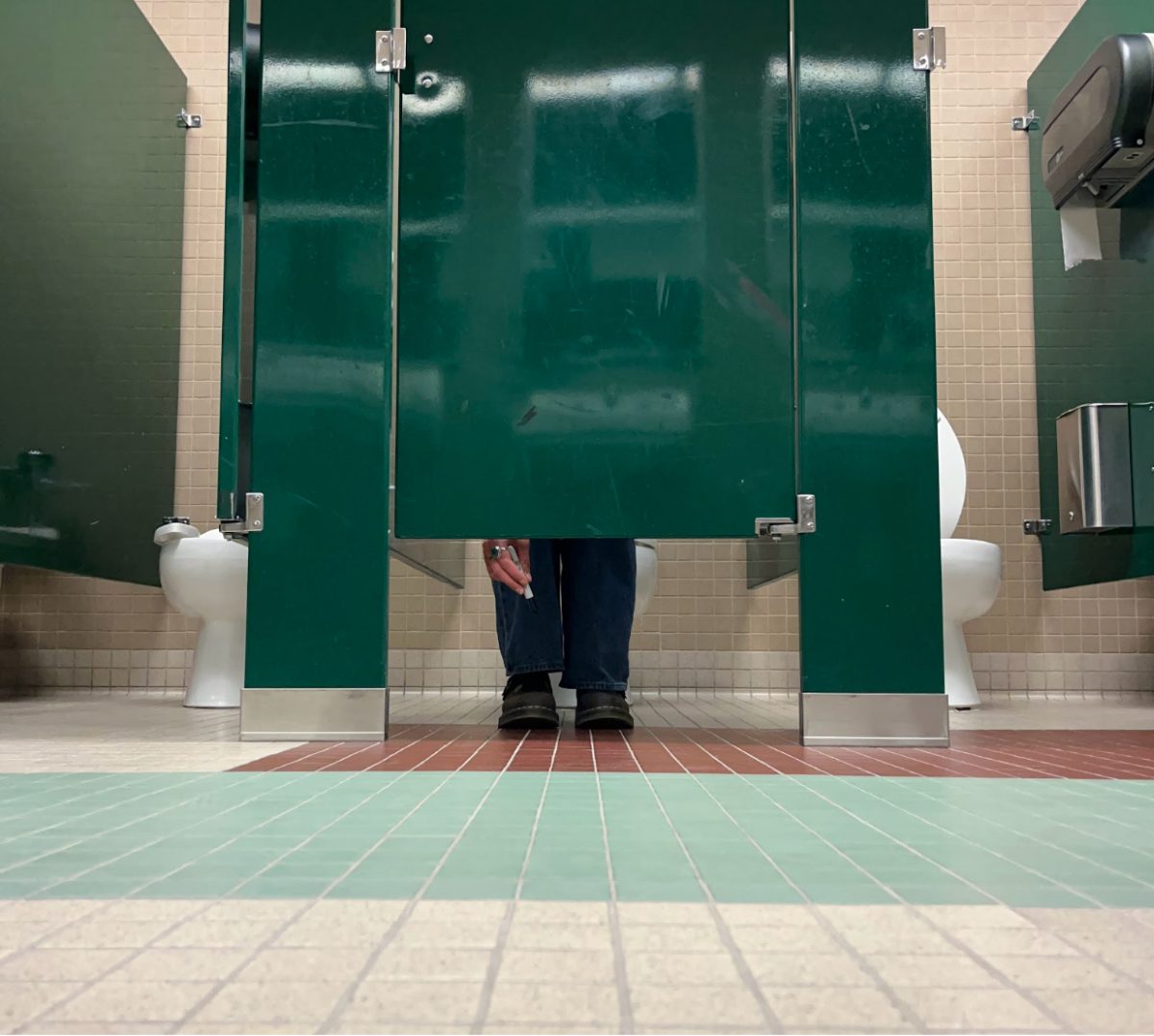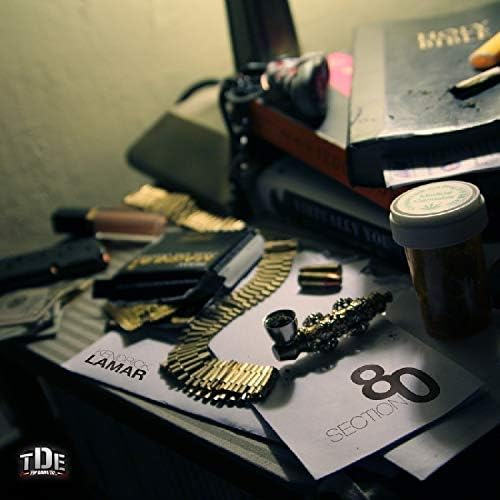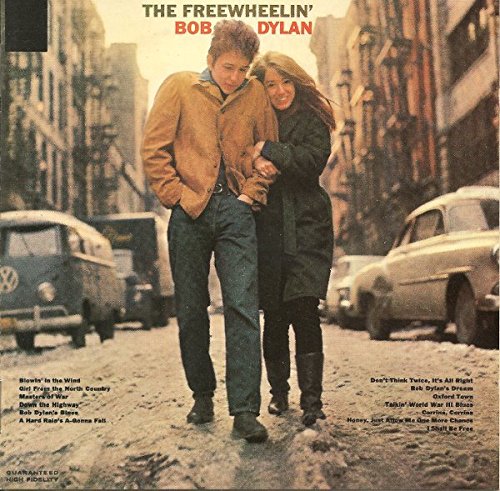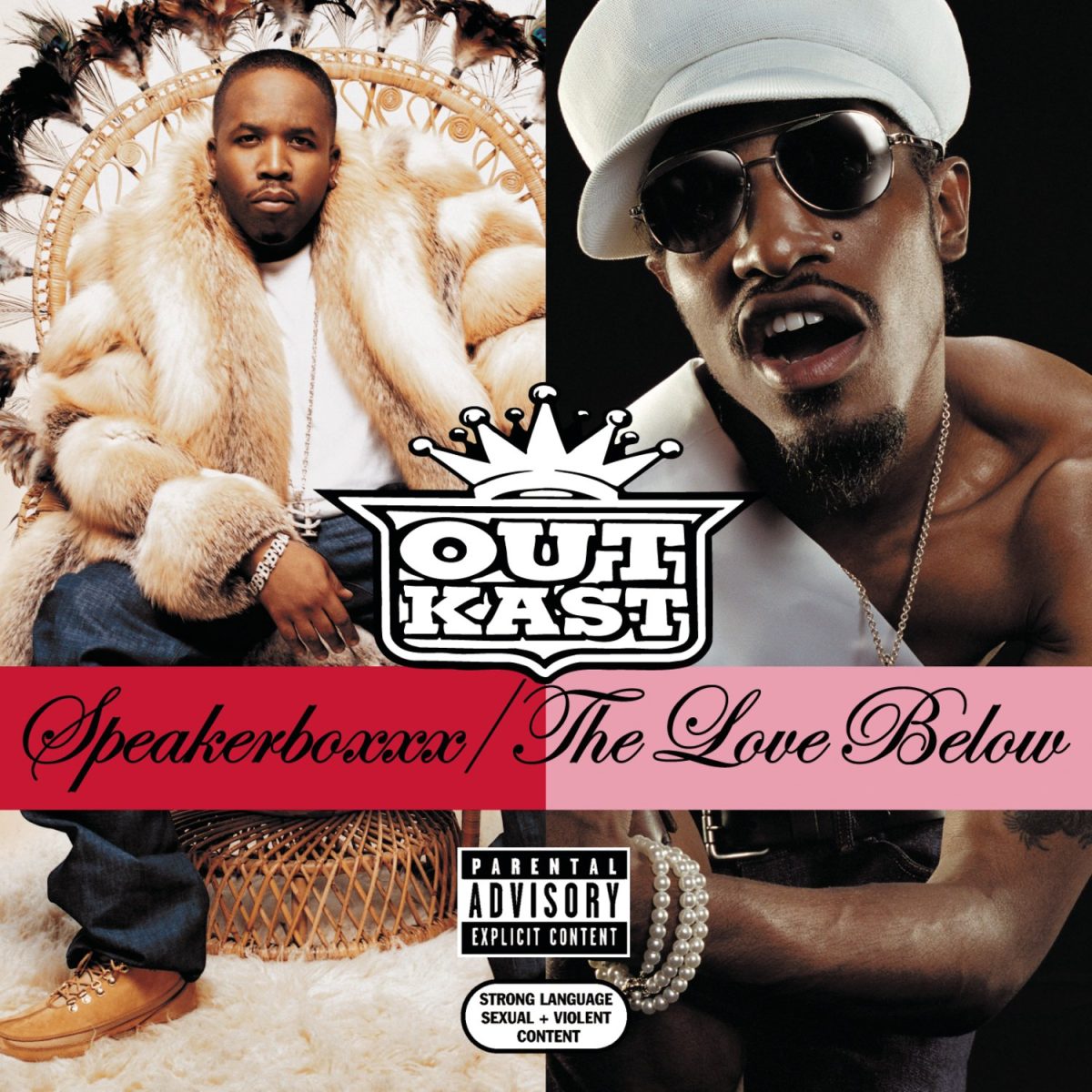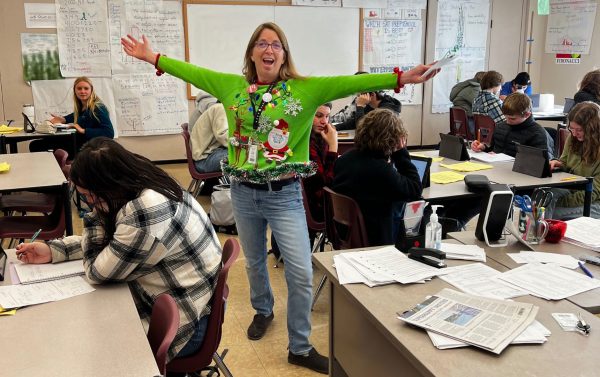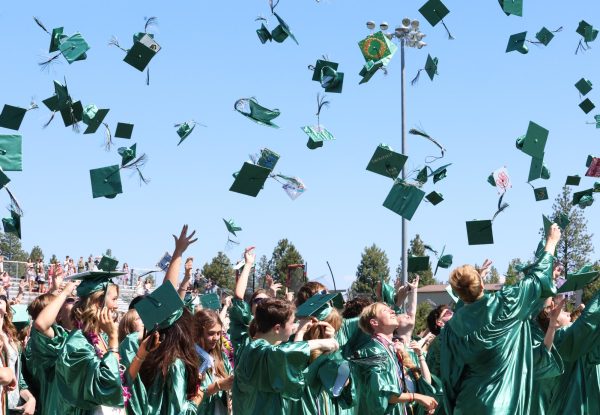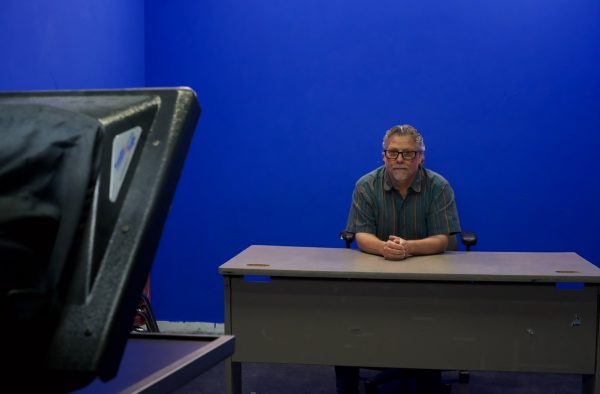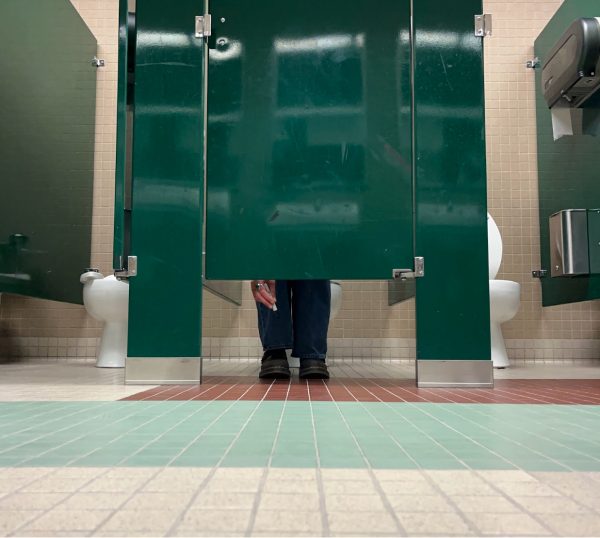New Age Politics: Presidential Candidates Turn to Cyber Spaces to Engage With Young Voters
Sixty years ago today, deciding what to watch after supper came down to the wide variety of three options: NBC, CBS or ABC. Jumping to the present day, Americans are exposed to an infinite amount of media coming from an infinite amount of sources. The formation of the internet and the subsequent diversification of media makes reaching American people, especially younger generations, remarkably complex.
According to PEW social trends, millennials and members of Generation Z represent nearly 40 percent of eligible voters in the 2020 election. These voters are avid users of social media and tend to avoid orthodox media source, coaxing presidential candidates to new outlets. Projections by Borrell Associates Inc., a marketing research firm, predict that roughly 12.6 Billion dollars is to be spent on campaigning during the 2020 election. Candidates are aware of the wide array of media outlets and aim to reach all types of Americans in creative ways. For example, Bernie Sanders, senator of Vermont and Democratic candidate, regularly live streams on Twitch, the largest video game streaming platform. Andrew Yang, entrepreneur and 2020 presidential hopeful, funds large meme Instagram accounts to create and post memes about his campaign and his beliefs. California senator Kamala Harris recently worked with Instagram influencers to publicize her campaign.
Each of these outlets provide candidates with the opportunity to reach the millions of younger voters searching for their place in the world of politics. Reaching these voters, an estimated 5.1 million current high school students eligible to vote in the 2020 election, is a task that requires modern solutions.
“Given the low voter turnout among young Americans, it’s quite clear candidates aren’t doing enough to connect with them,” junior Alex Shafer said. “Candidates need to work on building more connections through social media on places like Snapchat and Instagram in order to remedy the situation.”
Diving deeper into the influence of social media on young voters, a pool of roughly one hundred high school students from Bend Oregon were surveyed on their knowledge of current democratic candidates and the media outlets where they learned about them. Interestingly, Andrew Yang who ranked seventh in a New York Times’ national poll and tenth in overall fundraising has reached 34 percent of the students, while Pete Buttigieg–who ranked fourth in the poll and has raised over six times more than Yang–reached only 20 percent. Yang’s presence on YouTube channels, meme accounts and numerous podcasts has given him an advantage in the eyes of younger voters. His tactics in the realm of social media serves as one of the key success factors in his presidential run.
“Andrew Yang has used social media outlets I would never expect anyone in politics to utilize,” junior Zach Jepson said. “I couldn’t believe a presidential candidate was on a comedy podcast and I honestly respect him more for participating in it,” Jepson said in reference to Yang’s appearance on the H3 Podcast.
Yang’s use of social media to project his campaign to a younger audience is crucial for the curation of an evenly distributed age range of voters. According to social scientists Eszter Hargittai and Gokce Karaoglu for “Socius,” because many political polls are conducted by phone during the work/school day, participants tend to be among the older generation. The underrepresentation of younger voters skews the poll data, leaving many analysts scratching their heads on election day.
Over 50 percent of students have connected with candidates on Snapchat and Instagram, further demonstrating the critical role social media plays in the upcoming presidential election.
“Given almost everyone uses social media, it’s imperative that candidates make the most of it if they want to be elected,” Shafer said. The rapid rise of social media and technology makes garnering the attention of America more complex than ever. For candidates, finding ways into this complex system and into the media habits of each individual American is a determinative factor in the 2020 election.





